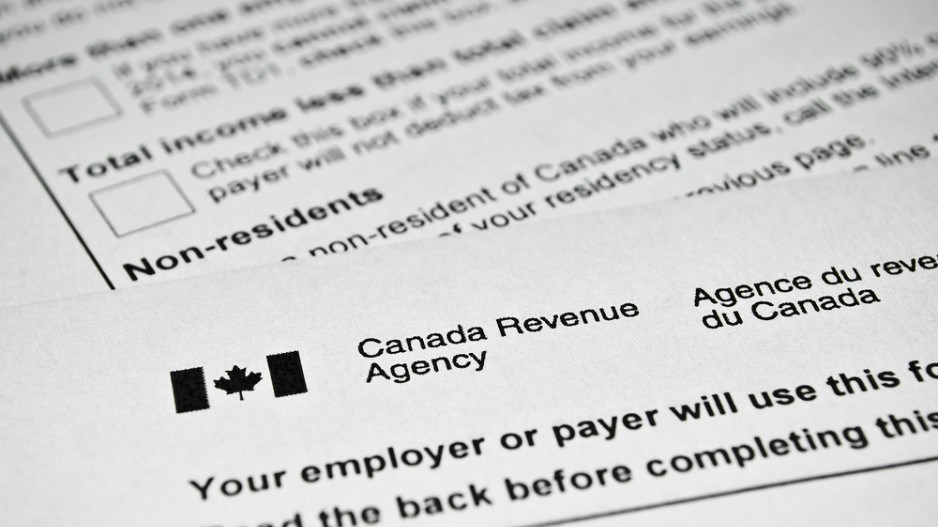With Canada’s 2019 federal election day looming, the national polls are pointing to a several possible outcomes, including a Liberal majority or a minority government with either the Liberals or the Conservatives gaining the most number of seats but falling short of a majority.
According to Canada’s poll aggregators, the likelihood of each of these outcomes is roughly 30%, with the Liberals most likely to win the most seats.
If the Liberal Party of Canada is unable to maintain its hold on at least 170 seats in Parliament, it will likely have to turn to its political left and seek support from the NDP to form government.
The Green Party of Canada is expected to win three seats, not enough to push the Liberals past 170 from their currently projected 153 to 160 seats. However, if the Liberals fall short of that projection, they may have to rely on both parties for support because the NDP is projected to hold on to less than half of its seats at 16 to 20.
So on what common ground can the Liberals and the NDP stake their governing relationship? When it comes to the economy, the answer is likely higher spending and an increased tax burden on wealthy Canadians.
When it comes to deficit spending, David Moscrop, political theorist with the University of Ottawa, says that a Liberal-NDP agreement would likely err on the side of increased deficit spending rather than cutting services and instituting austerity measures to lower the deficit. However, the NDP’s platform is not void of new tax measures that could be adopted to help lower annual deficits.
The NDP proposal includes raising corporate income tax rates by three percentage points, returning to the 2010 rate of 18%. However, no revenue estimate of this proposed change was provided by either the NDP or the Office of the Parliamentary Budget Officer (PBO). A Jagmeet Singh government would also raise the top income tax rate two percentage points to 35%, which the plan says will raise more than $500 million annually.
But how willing will the Liberal party be to sign on to these tax hikes after fighting a bitter battle over its own tax reforms in 2017 and 2018? Those reforms introduced legislation to crack down on income splitting and raise the tax rate on passive income generated by private corporations like accounting firms and doctors’ offices.
“If it’s a matter of having to live with irritated folks who collect passive income versus losing government, I think they’d live with it,” said Moscrop.
The Liberal platform also included corporate tax reform promises. One proposal is to restrict the deductibility of interest charges for corporations whose interest expense exceeds $250,000. According to the PBO, this is expected to raise an average of $1.27 billion annually over the next 10 years.
There are other areas of overlap between the tax plans of both parties. For one, both propose a tax on luxury goods. Unsurprisingly, the NDP’s plan goes significantly further to include an annual 1% wealth tax on people with more than $20 million in assets. Both parties have also suggested taxes on foreign residential homebuyers, though there is a wide gap between the plans. The Liberals have proposed to introduce a national 1% annual vacancy and speculation tax on residential properties owned by non-resident non-Canadians. The PBO projects this will generate an average of $275 million over the nine years following 2020. The NDP’s plan would add a 15% sales tax on the sale of a residential home to a foreign buyer. The PBO projects this will generate an average of $357 million annually for the next 10 years.
The Liberals have also proposed a broad-based tax cut by increasing the basic exemption to $15,000 from $12,069, saving the average family $600 annually. However, this will lower government revenue and raise the deficit. While the NDP is more likely to sign on to a tax cut for the taxpayers at the lower end of the income spectrum, its platform doesn’t have a similar tax cut.
“There are two ways to frame the deficit issue: one is, do we have a spending problem? and the other is, do we have a revenue problem?” said Moscrop. “These matters often get cast as spending problems when they’re really revenue problems, and I suspect that’s what the NDP would tell you.”
The most difficult tax reform to implement would be the NDP’s wealth tax, according to University of British Columbia economist Kevin Milligan. A wealth tax would require an augmented Canada Revenue Agency infrastructure that doesn’t exist and would take years to develop, time a minority government likely wouldn’t have.
“My suspicion would be that the wealth tax would just be really hard,” said Milligan, “but changing tax rates on higher earners in the current income tax system, that might be something those parties could agree on.”
While there are some significant areas of overlap between the Liberal and NDP tax plans, any confidence agreement will likely favour the Liberals as the governing party over the NDP, Moscrop said. While a minority Liberal government would likely have no one else to turn to except the NDP, the NDP would be in a similar situation because it is unlikely that the Conservatives would seek Singh’s support. •




